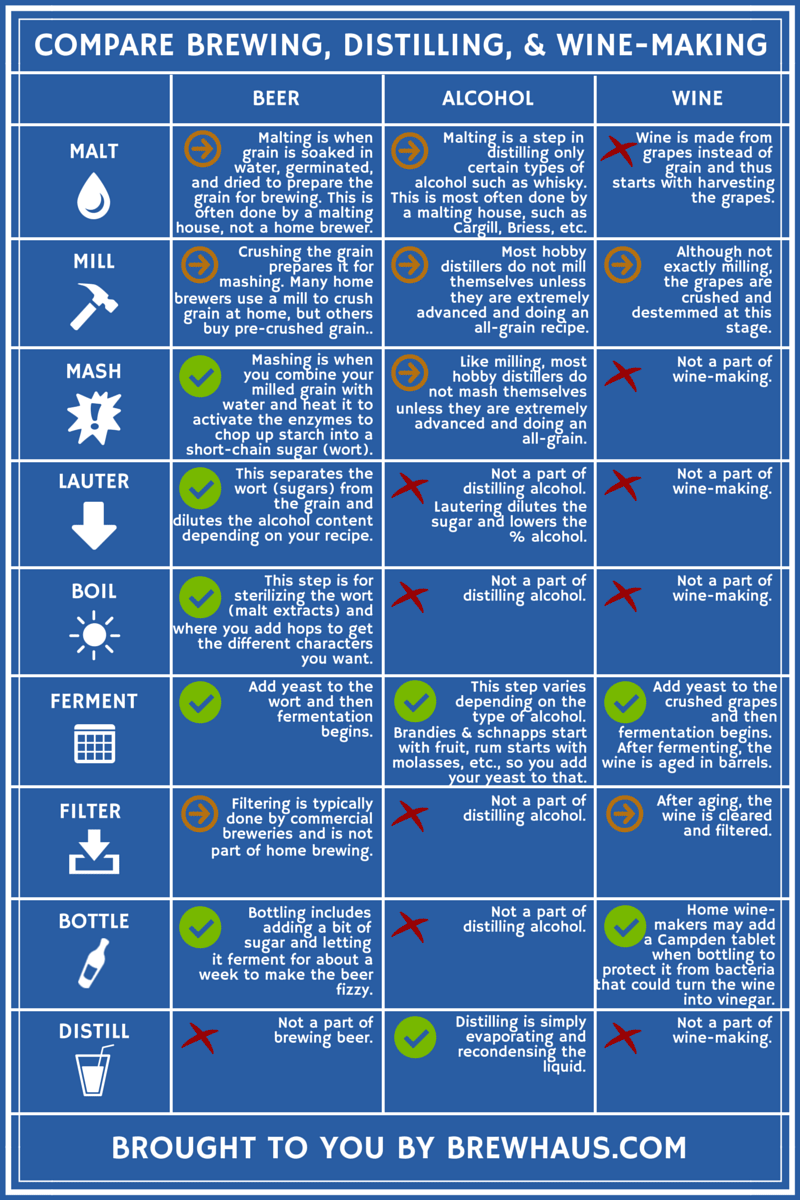Galveston Liquor Stores: Find Your Fave Spirits and Much More
Wiki Article
Mastering the Craft of Distillation: a Deep Dive Into Distillery Traditions
Exploring the detailed art of purification introduces a globe soaked in classic traditions that have actually formed the spirits we delight in today. From the old origins of distillation strategies to the modern-day advancement of distillery tools, each action in the procedure lugs with it an abundant tapestry of background and knowledge. As we look into the fragile balance of modern versus conventional distilling practices and reveal the significance of key ingredients, a much deeper understanding emerges of the extensive influence distillery customs carry the spirits we relish.Origins of Purification Strategies
The development of distillation strategies has a rich background that traces back to ancient worlds. The concept of separating parts based on their different boiling factors laid the structure for the advanced distillation procedures we have today.
The earliest proof of distillation go back to around 3000 BC in Mesopotamia, where clay pots were used to boil down perfumes and aromatic oils. The Egyptians further progressed these strategies, making use of distillation for medicinal purposes and embalming techniques. The Greeks, especially figures like Aristotle and Hippocrates, added to the theoretical understanding of purification.
Over time, purification infect regions like India, China, and the Center East, each culture including its special touch to the craft. The development of distillation methods proceeded through the Middle Ages and the Renaissance, at some point resulting in the diverse range of purification processes used in modern-day distilleries worldwide.
Development of Distillery Equipment

With advancements in technology and a much deeper understanding of the distillation procedure, modern-day distilleries now use a variety of innovative equipment to create spirits of the best quality. Today, purification tools includes column stills, reflux stills, and crossbreed stills, each developed to cater to details purification requirements. These contemporary stills provide far better temperature law, boosted purification accuracy, and higher performance in separating alcohol from impurities.
In enhancement to stills, distilleries now utilize innovative condensers, fermenters, and filtering systems to more improve the extract. The development of distillery tools remains to play a crucial function in forming the varied variety of spirits available out there today.
Typical Vs. Modern Distilling Practices
In analyzing distilling methods, the contrast between traditional and modern methods discloses substantial improvements in performance and top quality. Standard distilling methods often include time-honored techniques gave via generations, emphasizing workmanship and artisanship (Distillery in Galveston). These methods typically count on copper pot stills and hands-on processes that call for a high degree of ability and experience from the distillers. Conversely, contemporary distilling techniques leverage cutting-edge modern technology and development to improve production processes and improve consistency. Automated systems, computerized controls, and cutting edge equipment make it possible for modern distilleries to generate spirits extra efficiently and with greater precision.While standard distilling methods are valued for their heritage and the special tastes they create, modern-day techniques use benefits in terms of scalability, high quality control, and sustainability. By incorporating scientific advancements and modern-day design, distillers can optimize manufacturing, decrease waste, and satisfy the demands of today's market better. Inevitably, the option between conventional and modern distilling practices often depends on the distillery's objectives, worths, and target market.
Secret Ingredients in Distillation Refine
Within the craft of distillation, the choice of vital components plays a vital role in determining the taste account and quality of the spirits created. The key ingredients used in the purification process are normally water, yeast, and a fermentable source such as grains, fruits, or sugarcane.Water is an essential part as it not only dilutes the alcohol content to a palatable degree yet likewise affects the overall mouthfeel and structure of the spirit. The quality and mineral material of the water made use of can significantly impact the end product.
Yeast is another essential component that converts the sugars existing in the fermentable resource into alcohol through the process of fermentation. Various pressures of yeast can produce differing scents and flavors, adding to the unique characteristics of the spirit.

Impact of Distillery Traditions on Spirits
The impact of historical distillery practices on spirits expands beyond the selection of key active ingredients, shaping the really essence and personality of the last distilled items (Galveston Liquor). These practices, gave through generations, play an important role in defining the unique preference accounts and qualities that distinguish one spirit from one moreDistillery practices incorporate a variety of practices, from the particular techniques used in distillation to the selection of maturing procedures used. The usage of traditional copper pot stills in bourbon production is thought to pass on certain tastes and characteristics that are highly valued by lovers. In a similar way, the aging of spirits in oak barrels, a method deeply rooted in distilling traditions, adds to the growth of complicated aromas and flavors over time.

Conclusion
From the beginnings of purification techniques to the modern-day practices, the impact of distillery customs on spirits is obvious. Distillery customs play a crucial function in forming the spirits sector and preserving the heritage of distillation methods.Throughout the history of distillation, the tools made use of in distilleries has gone through significant evolution to boost performance and quality of the distillation procedure.With improvements in innovation and a deeper understanding of the purification procedure, contemporary distilleries now use a variety of innovative tools to generate spirits of the highest possible top quality. Today, distillation devices consists of column stills, reflux stills, and crossbreed stills, each made to cater to details purification needs. From the origins of purification strategies to the contemporary methods, the effect of distillery traditions on spirits is undeniable. Distillery traditions play an essential function in forming the spirits sector and preserving the heritage of purification methods.
Report this wiki page